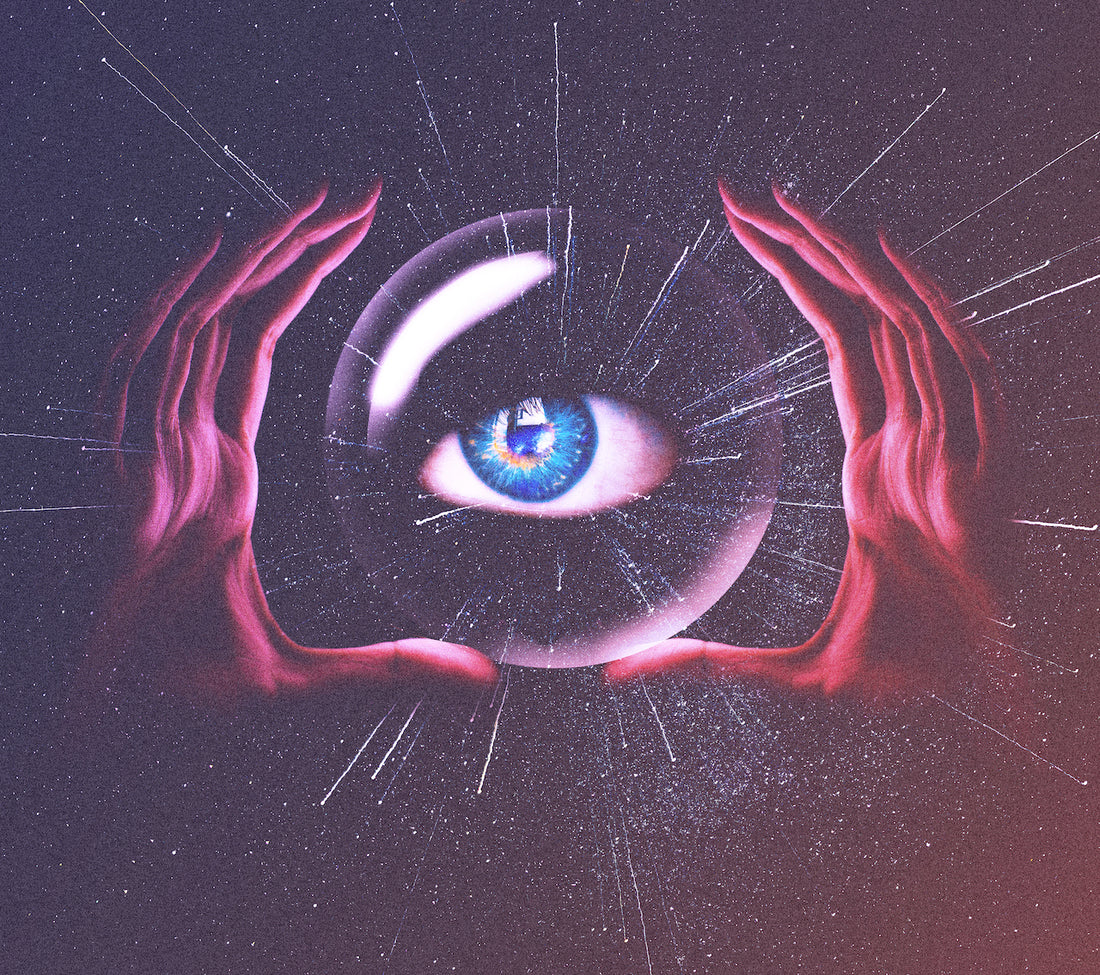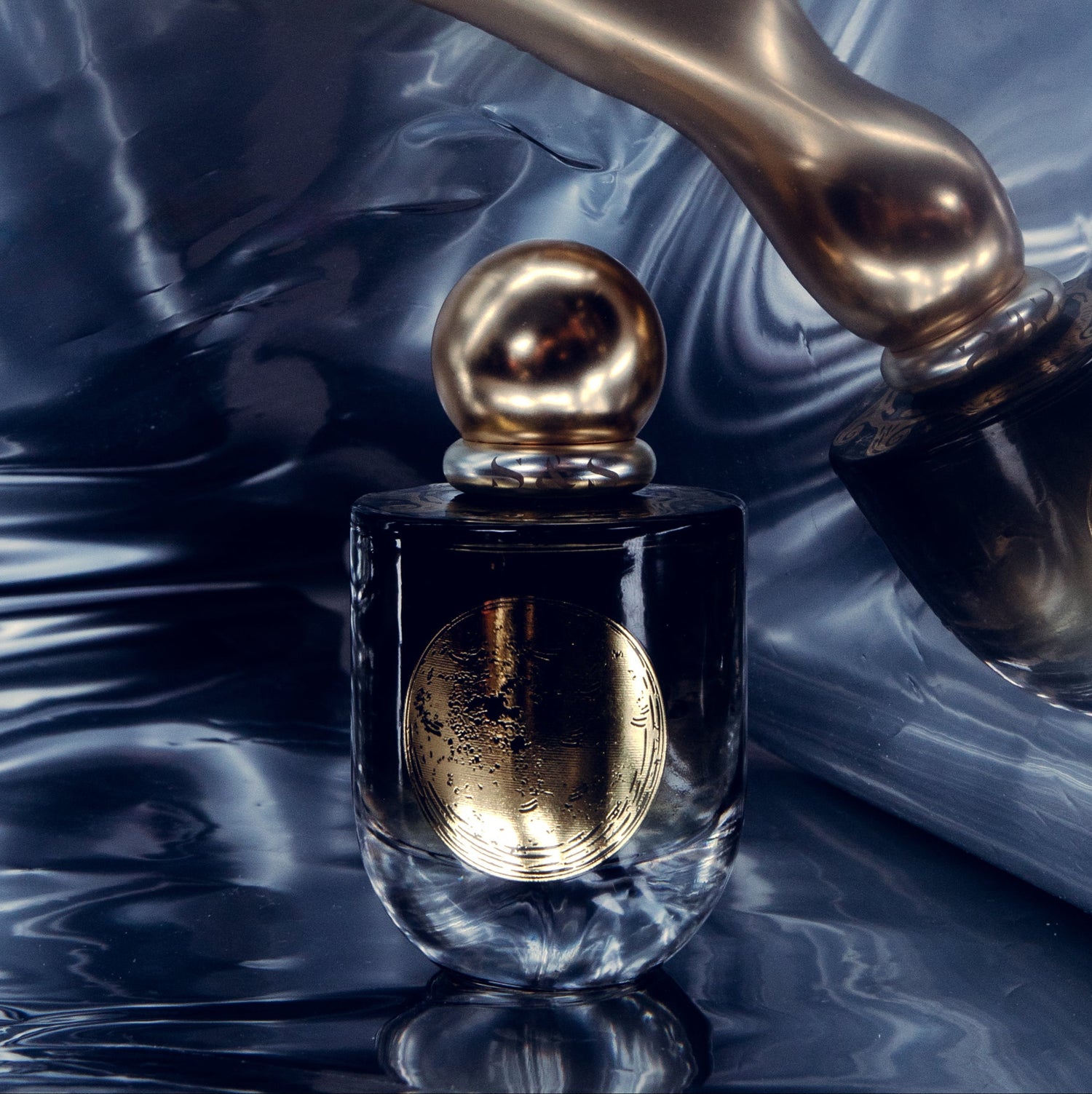
Charmed, We're Sure: The History of the Evil Eye and the Eye of Protection
By: Jessica Ourisman
These days, what is popularly known as the 'evil eye' — an image featuring a royal blue circle housing a light blue iris — can be seen on everything from jewelry, to manicures, to cell phone cases. Even Meghan Markle has been charmed by the talisman, which frequently shows up on her pieces of jewelry, sending the symbol to a new level of mainstream notoriety. But aside from its adoption in modern pop culture, the eye-shaped amulet — known as a nazar in Arabic or a mati in Greek — arose in response to a fundamental element of human nature's shadow: the fear of negativity brought on by envious onlookers.
"The evil eye is an evil glance of envy, jealousy, or ill-intent, which means harm to the recipient and is often unconscious," explains Lindsey Royal Wayland, poet, and symbologist. "This led ancient cultures to [create] an eye of protection." Often worn as a glass amulet, traditionally on a leather strap, she explains that it is a sacred symbol of spiritual protection and purification. "It acts as a symbolic shield or energetic protection, traditionally used to ward [off] malevolent intent and protect the wearer."
The symbol is present across many cultures, and the healing, protective intention it imparts traces back more than five thousand years to the Mediterranean, specifically, lingering to the modern day. "In my Persian culture, we use spells as protection from jealous eyes or ill intent [to create] a boundary where jealousy cannot penetrate," explains Saige Esmaili, founder of The Rosewater Temple. "When I was a little girl, my grandmother used to burn herbs above my head. When I lived in Turkey, I learned that they used the evil eye for similar uses. They would hang it outside the homes for a sort of protection and purification."
But why is it surging in popularity now? "Modern culture often exemplifies or returns to ancient symbols," Wayland explains of the history-rich trend. After all, she explains, the 'evil eye' does seem to be a fundamental element of human nature's shadow — alluding to the common experience of psychological projection (wherein the observer projects an unacknowledged, often negative, element of him/herself onto another), not to mention, feelings of envy and jealousy being perpetuated more rapidly than ever via social media and globalization.

Even aside from the remaining need for security imparted by protective charms, it is not uncommon for images borrowed from antiquity to come back into style. Fashion's ever-chic, one-shoulder silhouette, for instance, could very well be attributed to roots in the classical toga, could it not? "Fashion, trends, ideas, and symbology are cyclical," Wayland confirms. "Perhaps this eye of protection resurgence is a way modern culture navigates the state of current affairs and finds solace." This can be especially potent when partaking in healing or protective practices and rituals — and she notes that invoking the symbol is absolutely applicable, and even wise, so long as deference and recognition of its cultural origins is inherent in your practice.
Perhaps you just like the aesthetics of the trend… but maybe, like so many others, you are also conscious or sensitive to the energetic impact of negative intent sent your way. If you are curious whether its applications might be relevant for you, Wayland, for one, gives you the go-ahead. "It seems that protecting one's self with the eye of protection in ancient times is synonymous with [its use by many in] modern culture," she concludes. "Perhaps the wise medicine woman who gave the nazar amulet as protection in the days of yore [has now been] replaced by the jeweler of modern culture, but the concept is the same."
Shop Sage & Salt's Evil Eye-themed merch here.
(Orginal artwork by LionHeart for Sage & Salt)

